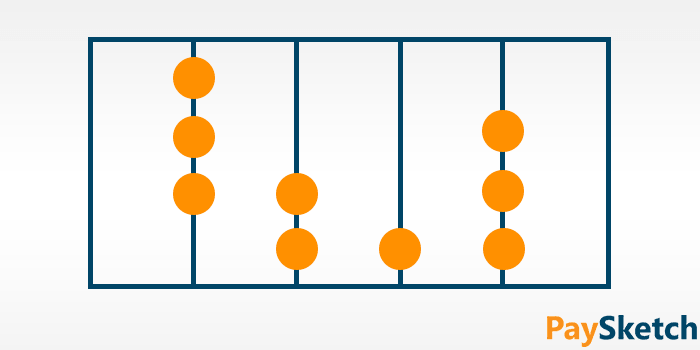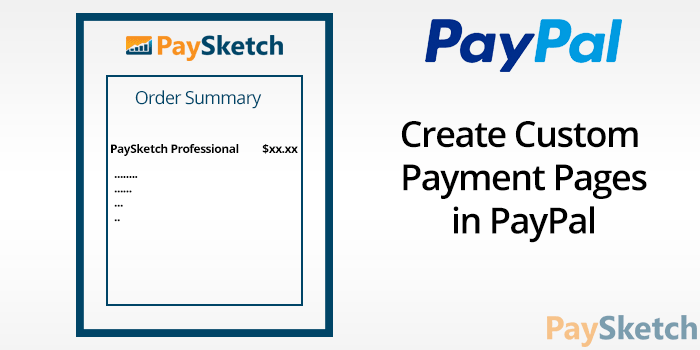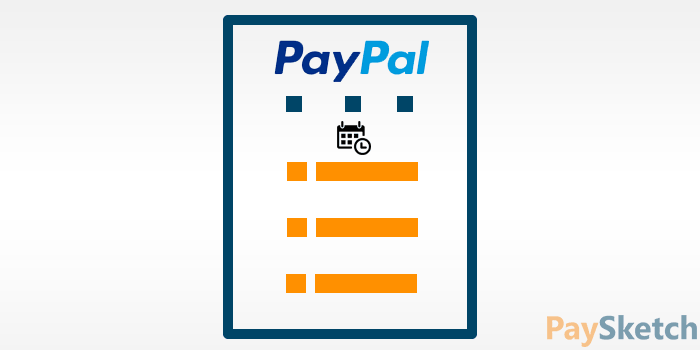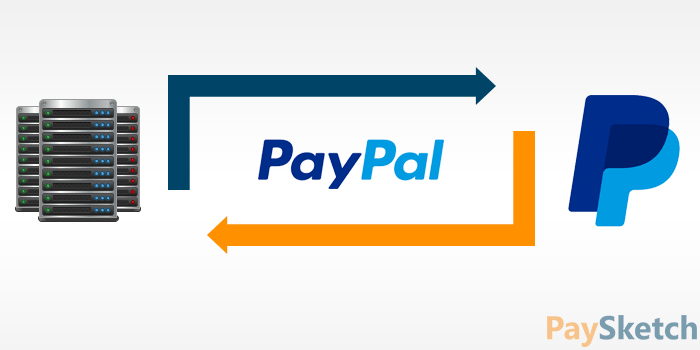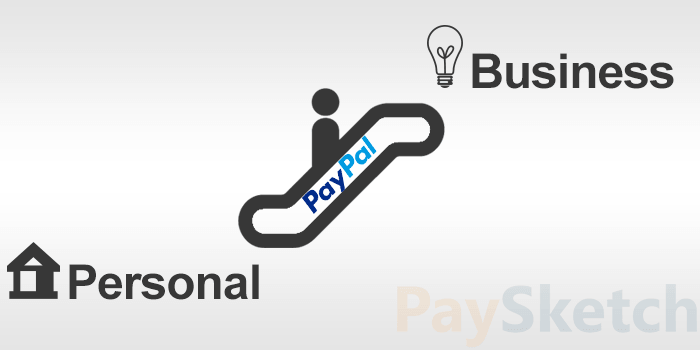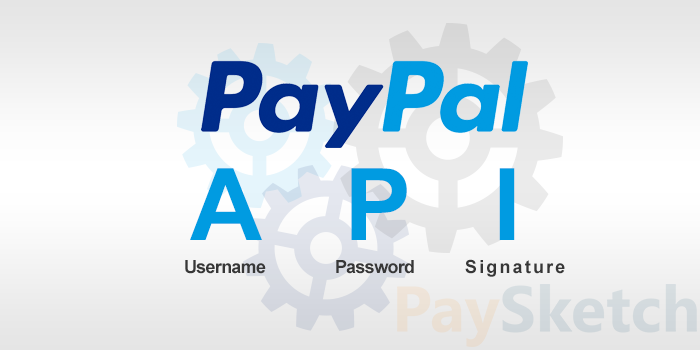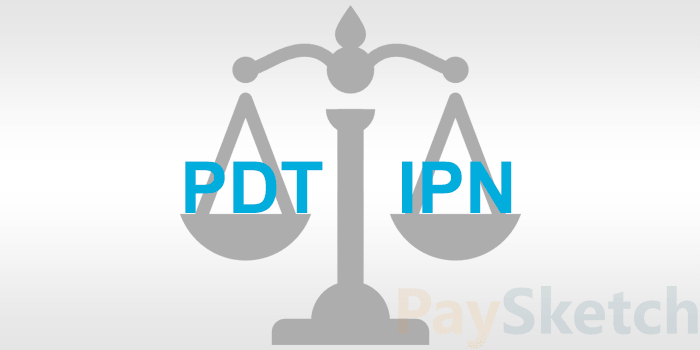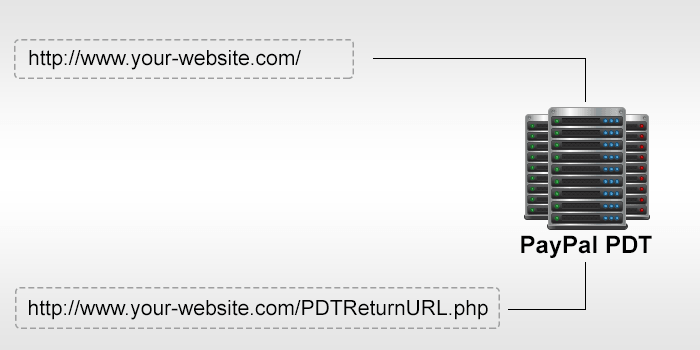PayPal Bookkeeping Software
As a practice followed by merchants world wide, bookkeeping helps businesses stay on track. Web-entrepreneurs and merchants who use PayPal to accept and make payment often find it hard to realize that how difficult PayPal bookkeeping could get. The traditional way of ‘trying’ to keep track of each payment, money transfer, refund and other transactions includes logging into PayPal’s website and requesting to download PayPal transaction history (at max 90 days at a time). And you won’t get it instantly – have to wait for an email from PayPal, which has a link to download, saying that the transaction history is ready to be downloaded. Once downloaded, it doesn’t get any easier – you need to download transaction histories 3 month’s at a time (at max) and then club them together. PaySketch is a PayPal Bookkeeping software makes is super easy for you to manage accounting, bookkeeping and reporting. Read more →

